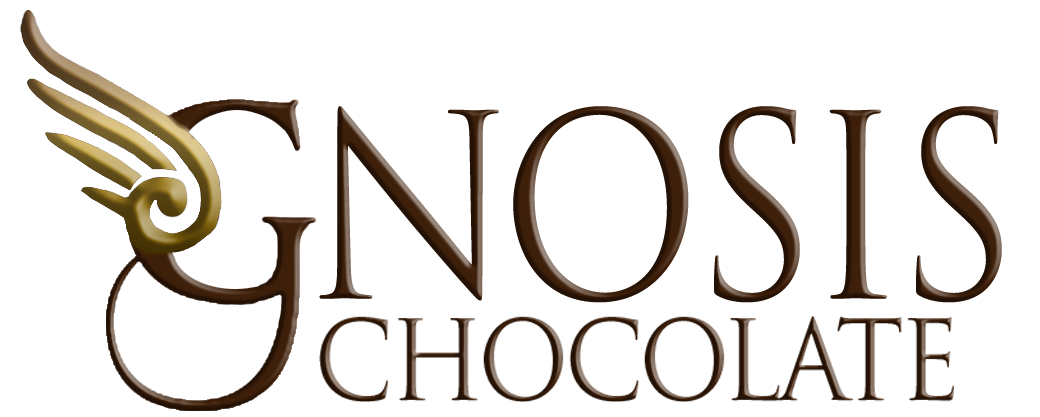Ingredient Feature: The Green Gold of Bronte, Sicily
The Tale of the Pistachio: From Ancient Deserts to Modern Tables
Long ago, in the sun-baked deserts of Persia, there grew a tree whose fruit was as precious as jewels. This tree, with its twisting branches and silvery leaves, bore clusters of pale, crescent-shaped nuts hidden within a hard shell—the pistachio. Its history begins in these arid lands, where ancient civilizations first stumbled upon its treasure, a nut that carried both sustenance and stories across the sands of time.
Born in the Cradle of Civilization
The pistachio tree is native to the rugged landscapes of Central Asia and the Middle East, where the earth is dry and unyielding. Yet, like a lesson in resilience, the pistachio thrives in adversity. Even thousands of years ago, around 7,000 BCE, people of the region were gathering this humble fruit from the wild. In the silent, star-filled nights of ancient Persia, it became more than food—it was a symbol of abundance, a token of the land’s hidden generosity.
Legend whispers that the Queen of Sheba herself adored pistachios so much that she declared them a royal treasure. No commoner could enjoy this coveted nut without her blessing. And so, in the Persian courts, pistachios became a part of royal banquets, a delight for kings and queens.
Carried by the Winds of Trade
As trade routes began to crisscross the ancient world, the pistachio’s fame traveled with them. Caravans moved slowly across vast stretches of desert, their camels laden with spices, silks, and sacks of these prized nuts. The pistachio’s journey took it from the heart of Persia to the grand marketplaces of the Mediterranean.
By the 1st century AD, the pistachio had arrived in Rome. Some say Emperor Vitellius himself introduced it to Italy, enamored by its distinct flavor. In the empire’s villas and gardens, the nut was no longer a secret, but a celebrated delicacy. From Rome to Greece, and on to the lush hills of Spain, the pistachio left its roots, embedding itself in the culinary and cultural fabric of each place it touched.
The Renaissance of Pistachio in Sicily
Among the lands that embraced the pistachio, one stands out for its deep connection to the nut—Sicily. On the rocky, volcanic slopes of Mount Etna, in the small town of Bronte, the pistachio found a new home. It was here, nourished by the rich volcanic soil and kissed by the Mediterranean breeze, that the pistachio would be reborn into something extraordinary.
The people of Bronte have a unique relationship with this tree. Every two years, they gather the nuts by hand, carefully tending to their emerald treasures. These pistachios, with their vivid green color and deep, nutty flavor, are known as “green gold.” To taste a Bronte pistachio is to taste the earth from which it sprung, the soul of the mountain itself. Protected by Italy’s Denominazione di Origine Protetta (DOP) certification, these pistachios are a rare jewel in the world of food, prized by chefs and artisans alike.
The New World Embrace
While the pistachio thrived in its old-world homes, it wasn’t until the 19th century that it crossed the Atlantic, finding its way to the New World. American botanists brought the pistachio tree to California, a land with its own dry, Mediterranean-like climate. But it would take years of experimentation and patience before the pistachio would truly flourish there.
By the 1970s, California’s central valley had become a new epicenter for pistachio cultivation, transforming the nut into a staple snack for Americans. Today, California produces the majority of the pistachios grown in the United States, each one a testament to the adaptability and endurance of this ancient nut.
A Nut for All Time
As the pistachio’s story stretches across centuries and continents, it remains a constant—a symbol of survival, prosperity, and taste. Its shells may crack open to reveal a pale green kernel, but within that small morsel is a history as rich as the lands it once traversed.
From the royal courts of Persia to the rolling hills of Sicily, and the vast orchards of California, the pistachio reminds us that even the smallest things can carry the weight of centuries. Whether eaten plain, roasted with a pinch of salt, or transformed into decadent pastries and creamy gelato, the pistachio has woven itself into the hearts of cultures around the world, a humble treasure passed down through time.
You will find our Pistachio di Bronte truffle in many of our upcoming truffle collections.


